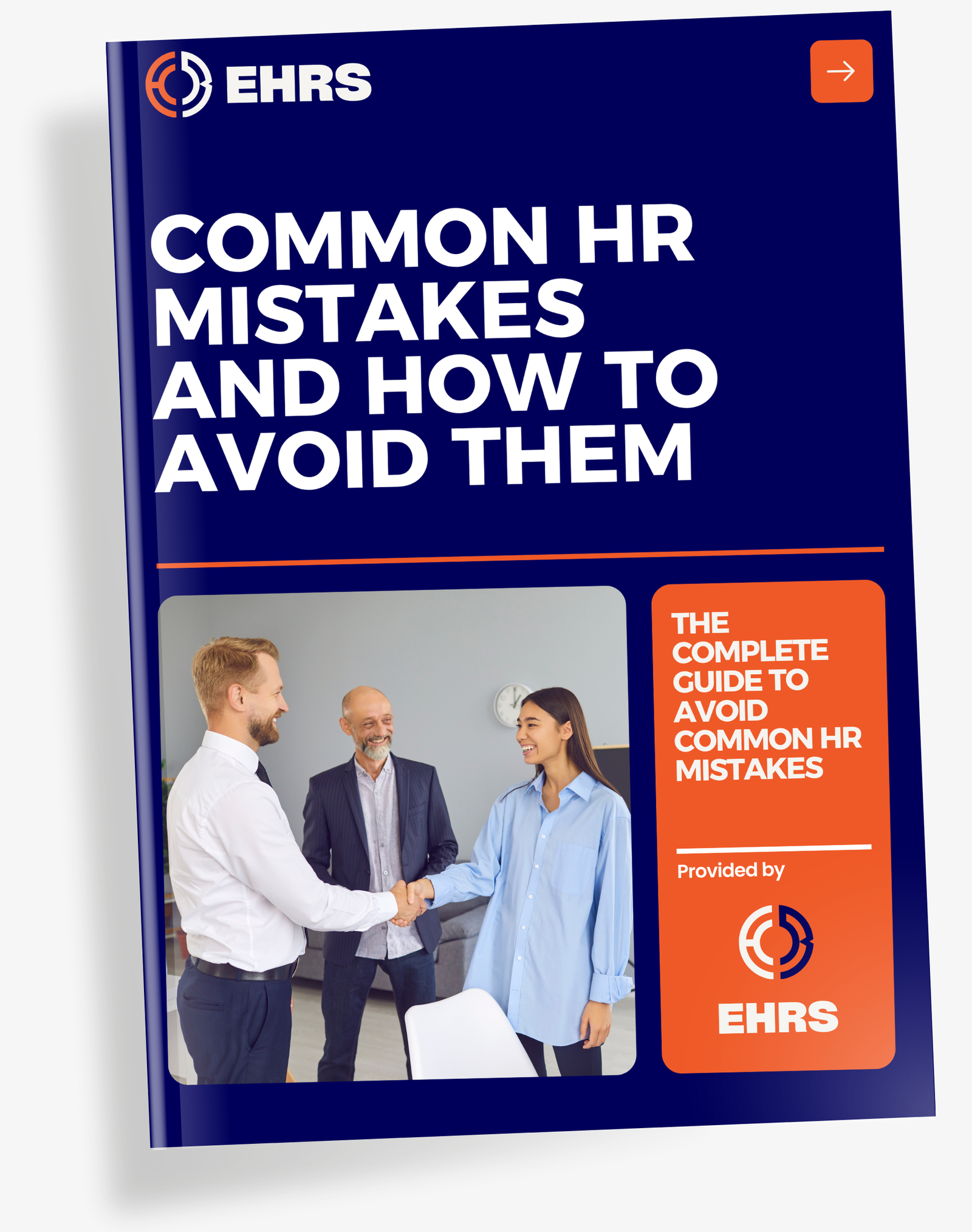Human resources policies and procedures should become a standard norm, regardless of whether you’re operating a startup, small business, or medium-to-large size company.
We know that drafting official HR policies is not a priority, especially within informal settings, but rest assured that without clear policies in place, misunderstandings are just waiting to happen.
To avoid those uncomfortable situations, set out expectations as early as possible, keep your team aligned, and protect your business.
What are Human Resource Policies and Procedures?
Human resource policies and procedures are formal rules that assist companies in managing their workforce, defining the necessary steps for teams to follow. Both of these terms come together and are the foundation of an effective HR management system, often documented as Standard Operating Procedures (SOPs).
The Importance of HR Policies
Some HR policies are required by law and their value is more than just compliance. Having quality policies in place will protect your company and aid in building a culture based on fairness, trust, and transparency.
Here is the main purpose of HR policies and how they benefit your business:
- Protection from legal risks
- Transparency in expectations and employment terms
- Support for employee development
- Clear framework for handling disputes
- Simplifies decision making across HR matters
- Ensures fair treatment of all employees
- Promotes a safe and healthy working environment
- Foundation for efficient and automated operations
Top 8 HR Policies and Procedures to Include in Your Handbook
As we’re moving well into 2025, we see that the workplace is subject to constant changes, and your HR policies should also keep up with the latest trends.
However, there are still many businesses that fall behind. For example, only about 38% of businesses have strict policies in place for social media usage.
That said, even though the exact policies will depend on the size, location, industry, and tools used, here’s a list of human resource policies that are essential for every organization, regardless of the setup:

1. Recruitment & Termination Policies
One of the most fundamental human resource policies are the recruitment and termination policies that cover everything from new hires to resignation letters.
The recruitment policy needs to outline how to select candidates, how to onboard new hires, and if there’s an employee referral program in place. The recruitment policy covers how and when employees should submit their resignation, a notice period, and actions that could lead to mutual termination.
2. Working Hours & Overtime Policies
This next policy is also vital to have in place. It covers everything from the work schedule flexibility to break times, duration, and timing, and finally, how employees should clock in and out.
Additionally, this policy should also explain how overtime is managed and compensated, accordingly.
3. Code of Conduct Policy
Code of conduct policy is a policy that outlines the behavior expectations and acceptable/unacceptable actions.
Having such a policy in place will ensure a safe, secure, and comfortable environment for all employees, and typically covers topics such as these:
- Dress Code
- Social Media Usage
- Punctuality and Flexibility
- Alcohol and Drug Use
- Bullying and Harassment
4. Health & Safety Policy
Workplace injuries are a frequent occurrence in almost any industry, making it a significant issue to address. This makes it one of the most important human resources policies and procedures to have in place.
With that in mind, there is a clear need for a health and safety policy that would outline the procedures and responsibilities of all employees in order to create a safe working environment.
5. Performance Evaluation, Optimization & Promotion Policies
These policies would clearly communicate to employees how they will be assessed, how their roles will be optimized, and how they will be rewarded for their work.
Having this policy in place would also ensure fairness across the board and will serve as a powerful motivational tool.
6. Attendance & Remote Working Policies
These HR policies and procedures need to outline where employees are required to work – within an office, hybrid setup, or remotely. Ever since Covid-19, more and more companies have turned to home offices and people working remotely have seen great benefits in doing so.
With that in mind, this type of a policy will ensure the employee knows the eligibility for working from home and if they are entailed for any home office allowances.
7. Benefits & Compensation Policies
Your employees should know the policies on how and when they will be paid and what type of benefits they are eligible to receive.
These human resource policies for employees need to define the payment method and payroll frequency. Additionally, you can also outline the bonuses, wellness programs, and most importantly, health benefits.
8. Leave & Absence Policy
Allowing your employees to take some time off is vital for their productivity levels and overall well-being.
That said, clearly outline how much they are entitled to take and what is the process for requesting time off. Make sure to include policies for public holidays, sick leave, parental leave, and vacation, among others.
Bonus Point: What are the 4 C’s of HR Policies?
The 4C model of human resources management focuses on four vital outcomes for effective management. They are: Commitment, Competence, Congruence, and Cost-Effectiveness, and these outcomes guide the development of HR strategies.
![The 4 C's of HR Policies [Basics]](https://euro-hr-solutions.com/wp-content/uploads/2025/04/The-4-Cs-of-HR-Policies-Basics.png)
1. Commitment
This C refers to the loyalty and emotional attachment that employees have to a company, which may boost their performance and productivity.
2. Competence
It involves the knowledge, skills, and abilities employees need to have to excel properly in their roles.
3. Congruence
This one ensures that there is a proper alignment between the company’s goals and the actions and values of its employees.
4. Cost-Effectiveness
This final C evaluates how human resources policies and procedures contribute to the company’s financial success.
When a company prioritizes these outcomes and processes, they can create a very supportive and productive working environment that would align with their strategic goals.
How to Create Effective Human Resources Policies
To create effective and quality policies, you’ll need to have a clear and consistent format and structure. Each company and/or business might have their own template, but the content should typically include the following elements:
- Name of policy
- Effective date of policy (as well as revisions/update dates)
- Person responsible for questions and updates
- Purpose of the policy
- Definitions of key terms (this one is optional)
- Main policy statement
- Scope and applicability (with permissible exceptions)
To have the greatest effect, human resources management policies need to be easily accessible and shareable by employees. You can publish these in your employee handbook or your company’s HR portal, and then share them with the team.
Using internal links to group related policies can help make the handbook easy to navigate and be like your team’s own internal structure.
Conclusion
Establishing clearly defined human resources policies and procedures is vital for any business as it will ensure legal compliance and protect both the employer and the employee.
When employees know their boundaries, benefits, and guidelines, they can enjoy a fair, transparent, and safe environment. What’s more, this type of a positive workplace setting streamlines decision making and improves productivity across all departments.
With that in mind, make sure to take time to create, develop, and maintain effective human resources policies and procedures, an investment that will pay off in the grand scheme of things.





